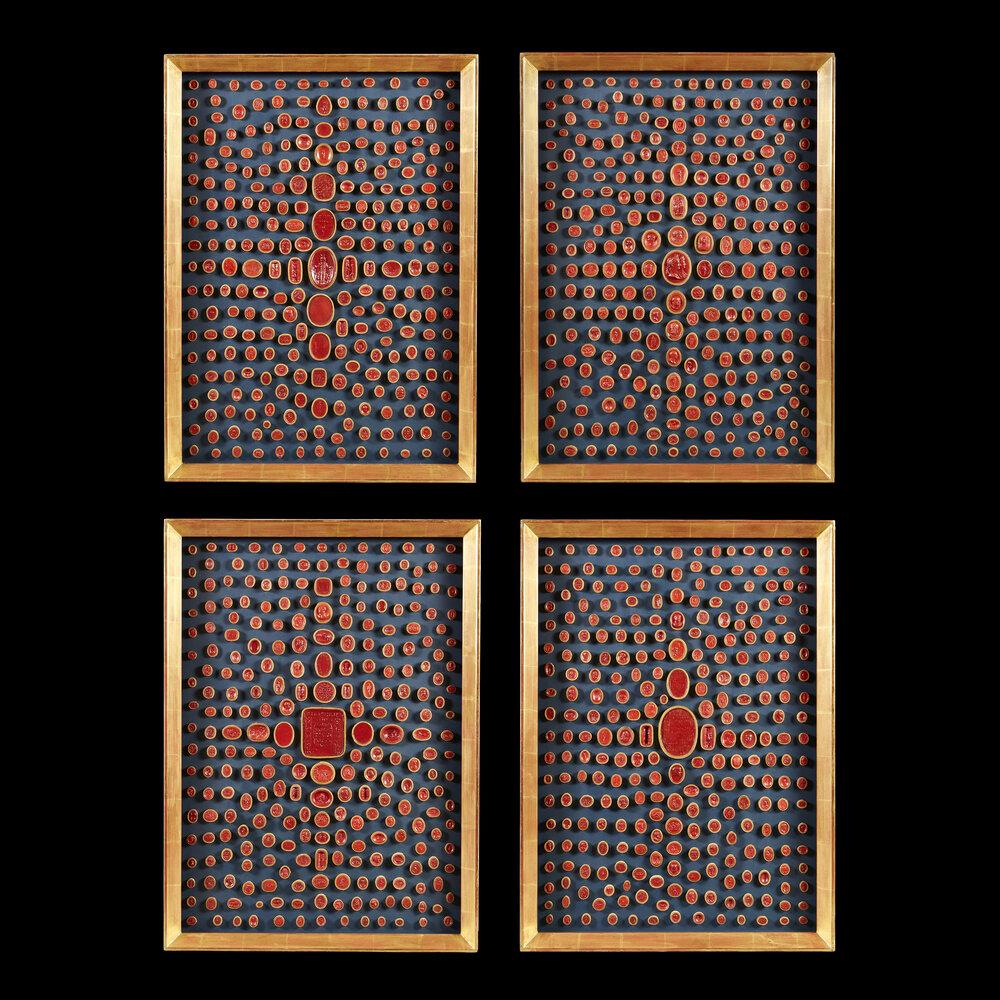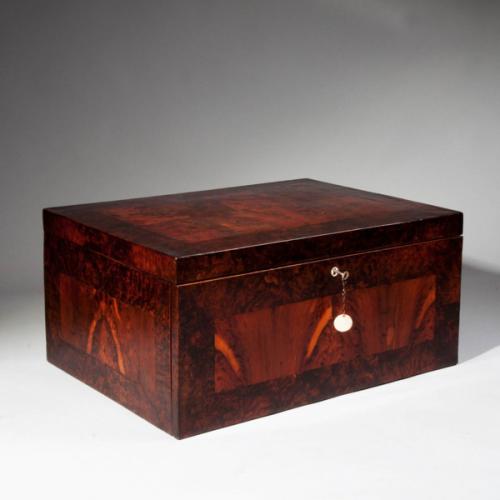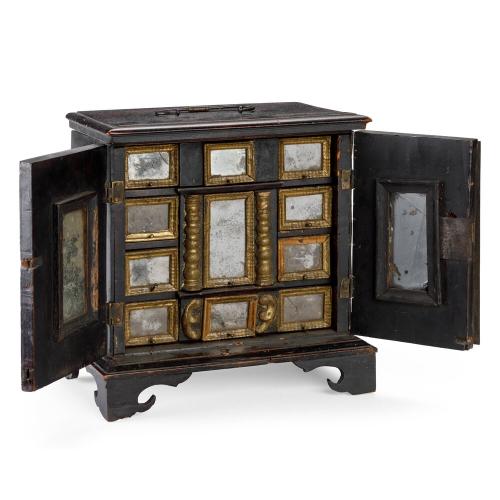

This object is eligible for a Certificate of BADA Provenance
The BADA Standard
- Since 1918, BADA has been the leading association for the antiques and fine art trade
- Members are elected for their knowledge, integrity and quality of stock
- Our clients are protected by BADA’s code of conduct
- Our dealers’ membership is reviewed and renewed annually
- Bada.org is a non-profit site: clients deal directly with members and they pay no hidden fees
Italy, circa 1820
An exceptional and rare collection of ceiling wax red cameos and intaglios individually numbered and arranged in radiating patterns with the largest gems to the centre, gradually decreasing in size to the margins, and framed in handgilded pictures frames.
Perhaps the most distinguishing features of this collection are its size and variety. Numbering almost 1,000, this collection is vast, and surpasses even Pope Paul II’s famed collection of 827 intaglios. In addition to their quantity, the variety of intaglios is quite exceptional, and their subject matters span both genres and cultures. Within the collection are Egyptian hieroglyphics, Classical busts, and Arabic inscriptions, as well as still lives, portraits, and animals.
This variety of cultures depicted seems emblematic of the history of intaglios, which began in the Near East, and spanned from Ancient Greece to Renaissance Europe. And throughout their history, intaglios have been the objects of great collections, objects which often existed with the primary purpose of being collected. Pliny the Elder, in his Natural History, states that the first, or perhaps first significant Roman collection of intaglios was that of Marcus Aemilius Scaurus.
Another early intaglio collection was that of Mithridates VI of Puntusm. Mithridates’ collection was later looted by Pompey the Great, who donated it to the Temple of Jupiter, in Rome. Julius Caesar, determined to outdo Pompey, donated six of his own collections to the Temple of Venus Genetrix in Rome. From this, it is clear that intaglio collections were a sometime source of competition in the ancient world, and this collection is surely vast enough to rival some of them.
More recently, one of the most significant collections of intaglios was that of the 4th Duke of Marlborough. We are told that the intaglios ‘the Duke kept in his bedroom and resorted to as a relief from his ambitious wife, his busy sister and his many children’. And although the collection of the Duke was vast and impressive, perhaps it illustrates the other side of intaglio collections. Whilst some saw intaglios as a method of displaying their wealth and power, other saw intaglios as intimate objects of relief from the routine of life.
Lastly, although one may refer to this as a collection of intaglios, it seems important to note that this is in fact a collection of both intaglios and cameos. Intaglios are formed by engraving the image into the surface of the gem, whereas cameos are formed by carving away the background, leaving the image in relief.
Dimensions
Height 75.00cm, Width 54.50cmThe BADA Standard
- Since 1918, BADA has been the leading association for the antiques and fine art trade
- Members are elected for their knowledge, integrity and quality of stock
- Our clients are protected by BADA’s code of conduct
- Our dealers’ membership is reviewed and renewed annually
- Bada.org is a non-profit site: clients deal directly with members and they pay no hidden fees




